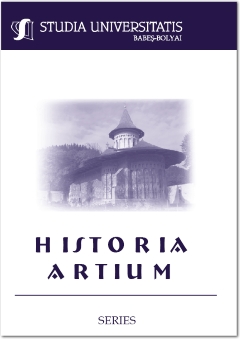VOCATIONAL SCHOOLS AND ARTS & CRAFTS INFLUENCES IN TRANSYLVANIA FROM THE GREAT EXHIBITION TO BAUHAUS
VOCATIONAL SCHOOLS AND ARTS & CRAFTS INFLUENCES IN TRANSYLVANIA FROM THE GREAT EXHIBITION TO BAUHAUS
Author(s): Miklós SzékelySubject(s): Visual Arts, History of Art
Published by: Studia Universitatis Babes-Bolyai
Keywords: vocational education; industrial education; applied arts; design; Arts and Crafts movement; Bauhaus;
Summary/Abstract: The paper discusses the approximately 100-year presence and transformation of the approach and mentality of arts and craft movements which emerged in the mid-19th century from the aspect of industrial education workshops in Transylvania. In late 19th-century Hungary, the approach of artistic innovation, spread with the help of William Morris’s and Walter Crane’s works, is perhaps most immediately seen in the creative workshops that approached the relationship between aesthetics and technology rather differently. It appeared in the works of the British Arts & Crafts movement and also in the curriculum of late 19th-century Hungarian vocational schools and institutions of vocational education, as well as in the methodology of art reform movements that sprung up after World War I, the most familiar example of which was the Bauhaus. The guidelines for workshop-based education and training, the implementation of technical innovations and new artistic trends into the education, an emphasis on the students’ individual skills, facilitating the individual’s creativity and imagination, the primary role of architecture, the adaptation of basic building principles of modern homes, strong personal relationship and cooperation between teachers and students were the bases of the educational reform that started in the 1840s and continued for a century. The curriculum of industrial vocational schools in Hungary included the development of drawing, modelling and form-creation skills, with the help of which many of those who graduated from these institutions, made a great impact on avantgarde and modernism between the two world wars.
Journal: Studia Universitatis Babes Bolyai - Historia Artium
- Issue Year: LXV/2020
- Issue No: 1
- Page Range: 67-94
- Page Count: 28
- Language: English

